At Paris Photo, a new wave of photographers are shedding light on the unseen
Curiosa curator Osei Bonsu opens up about his special showcase of 14 emerging artists – plus more highlights from the French photography fair
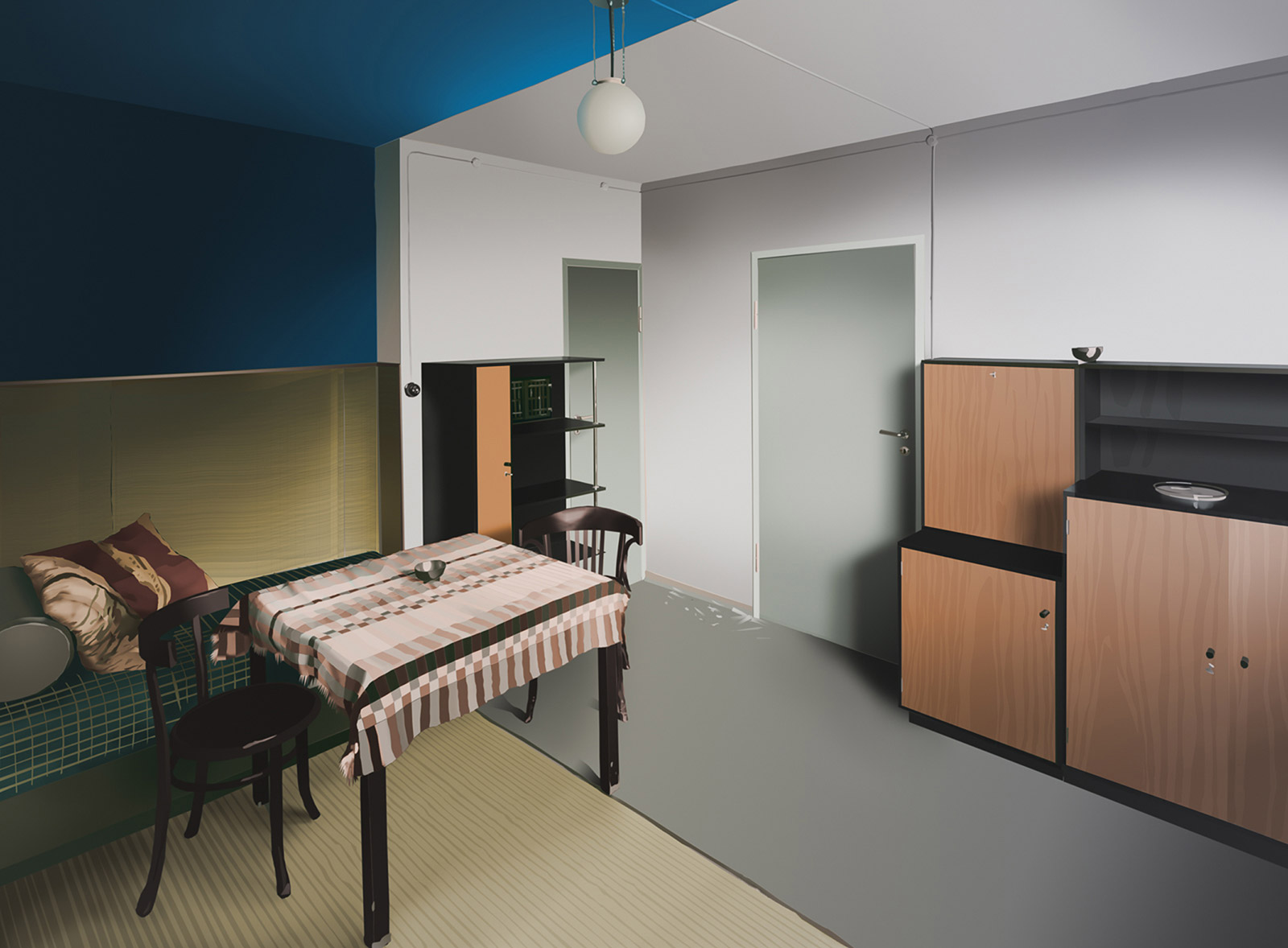
‘Visibility’ is the buzzword of the contemporary art world this year, but what we get to see and how we see it isn’t quite as straightforward as we might think. Photography is the medium we expect to make the world visible – since its invention, the camera has had a habit of showing us everything, for better or worse, from foreign landscapes and cultures to the insides of our bodies.
But in recent years, it’s become clear that we haven’t been getting the full picture. Colonialism, racism, sexism and classism have all affected photography over the last century, and it’s only now that artists are beginning to get critical about the camera’s role in the world. What has remained unseen, and why, is something a new wave of photographers are increasingly becoming interested in, as this year’s edition of Paris Photo proves.
The dichotomy between the visible and invisible, what gets seen and what doesn’t, is the starting premise for Osei Bonsu’s Curiosa at Paris Photo 2019, the second year the fair has invited a curator to organise this special section. Bonsu has chosen 14 photographers who aren’t well known and whose subversions are subtle, eschewing the idea that art should have a political use value, but rather that ‘there’s something inherently political about making something visible’, he says.
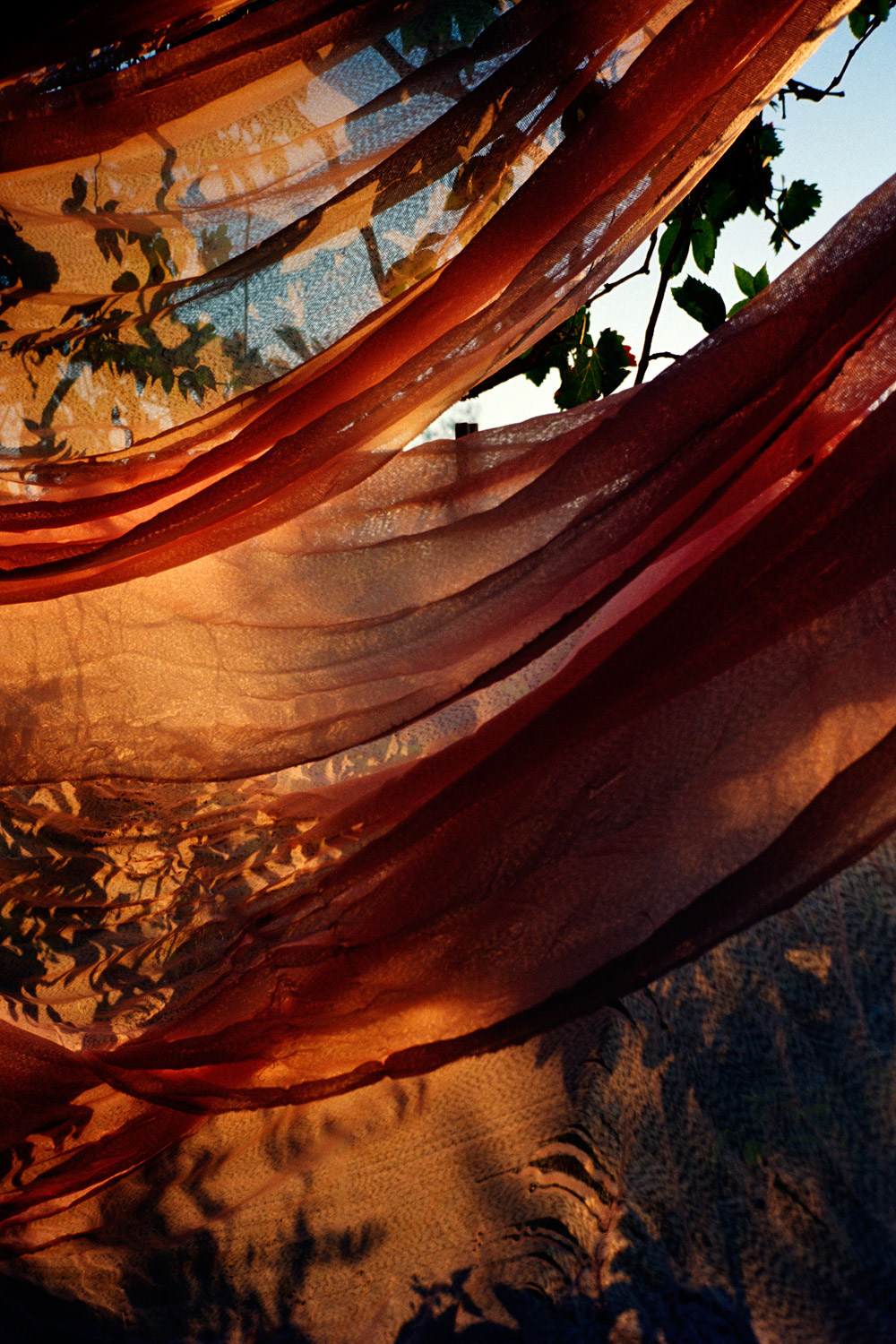
SANS-TITRE, MOISSON ROUGE, 2019, by Marguerite Bornhauser. © The artist. Courtesy of Galerie Madé
‘Photographers nowadays are not necessarily interested in categorisation,’ Bonsu explains. ‘I think these artists are interested in the sensitivities of the medium.’ The 27-year-old curator, recently appointed by the Tate Modern as Curator of International Art, has selected artists who deal with aspects of ‘visibility’, but confound our expectations of what that means.
Havana-born photographer Leandro Feal (represented by Cibrián) gives us iconoclastic snapshots of contemporary Cuba – no ruin porn or vintage cars in sight. Feal shares a non-linear, inconclusive way of presenting photographs with Marguerite Bornhauser (Galerie Madé), who is known for her sumptuous, rich cibachrome prints. The Parisian photographer gives us fragments, lined-up suggestively but ultimately offering no concrete story, turning the photograph into something less certain and more intuitively felt.
RELATED STORY
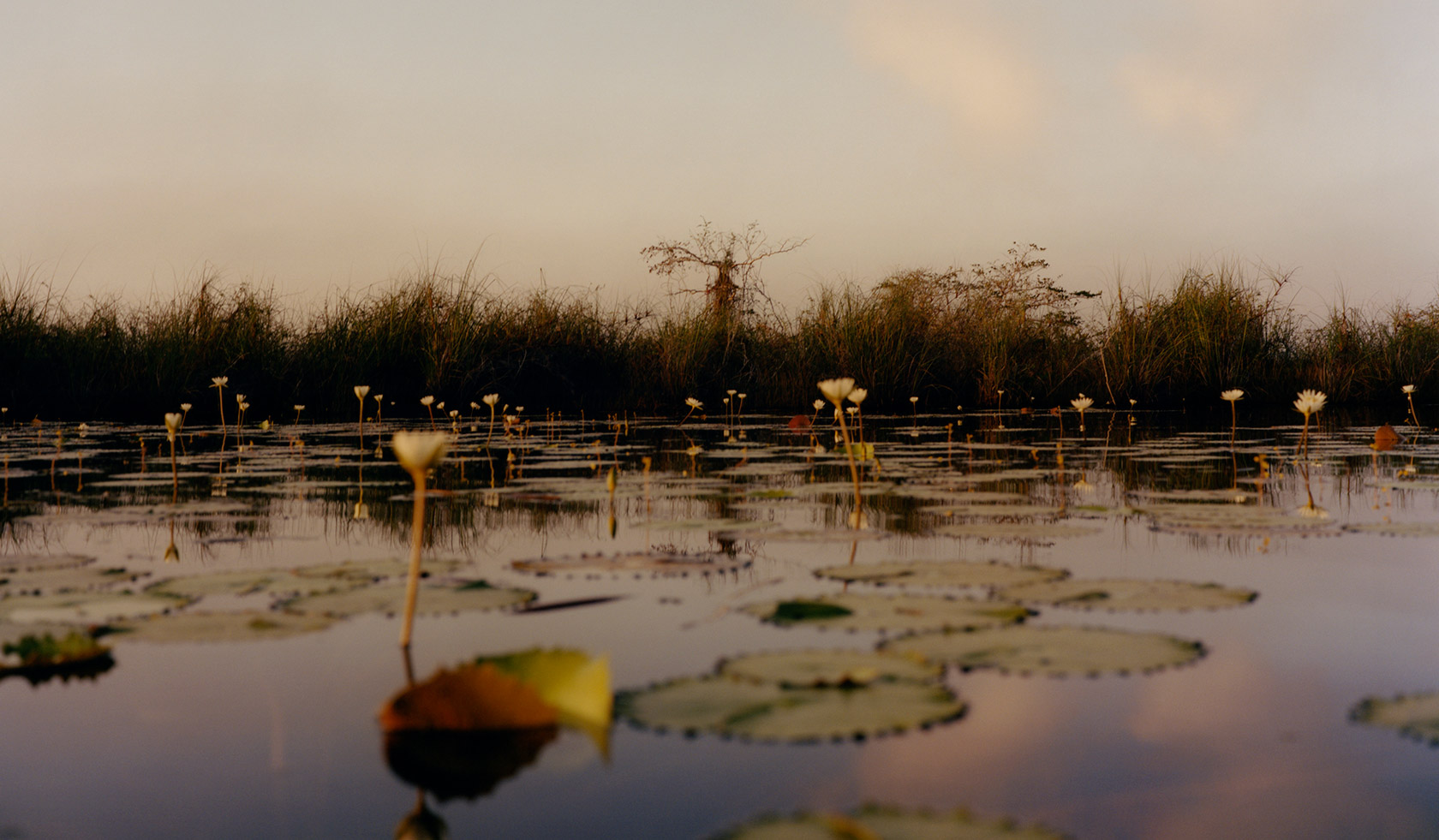
Photography can be, in the digital age, a compulsive and frenetic viewing experience, rather than the art of observation. Veering away from representation seems wise given how problematic that has often turned out to be. Elsewhere, images can be traced in dust, ash, paper and glass, used by artists to complicate ways of seeing the source and hint at the fragility of looking.
For Roman Moriceau, presented by Galerie Derouillon, luxurious large-scale close-up plant pictures seem to romanticise exotic plants, but in fact hint at colonialism. Shot at a botanical garden in Belgium, they are ultimately artificial representations, printed with glittering copper, making a link with the major profit-maker for Belgian colonial traders in the past in what is now the Democratic Republic of the Congo. ‘Undergirding these beautiful works is a much more sinister history,’ Bonsu explains.
As you exit Curiosa, the smell of film burning hits the back of your nostrils – a work by experimental artist and filmmaker Andrés Denegri (Rolf Art) that creates and destroys a roll of images of the Argentinian flag. Smoke follows you on your way out – as far as an art fair goes, it’s a bold and urgent statement about the need for change and new ways of seeing.
More highlights from Paris Photo 2019
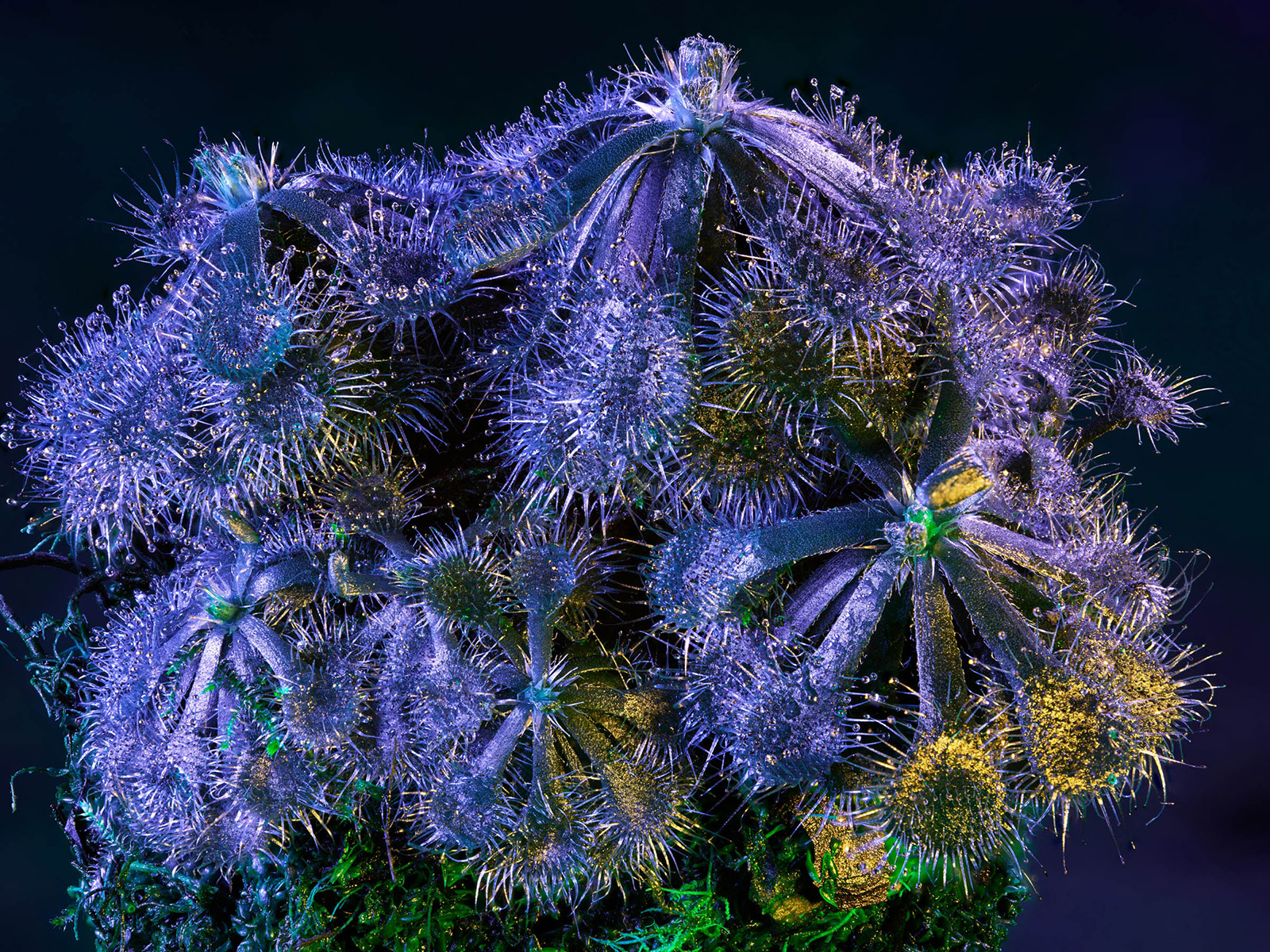
Drosera toakaiensis, 2019, by Richard Mosse. Courtesy of the artist and Carlier Gebauer, Berlin/Madrid
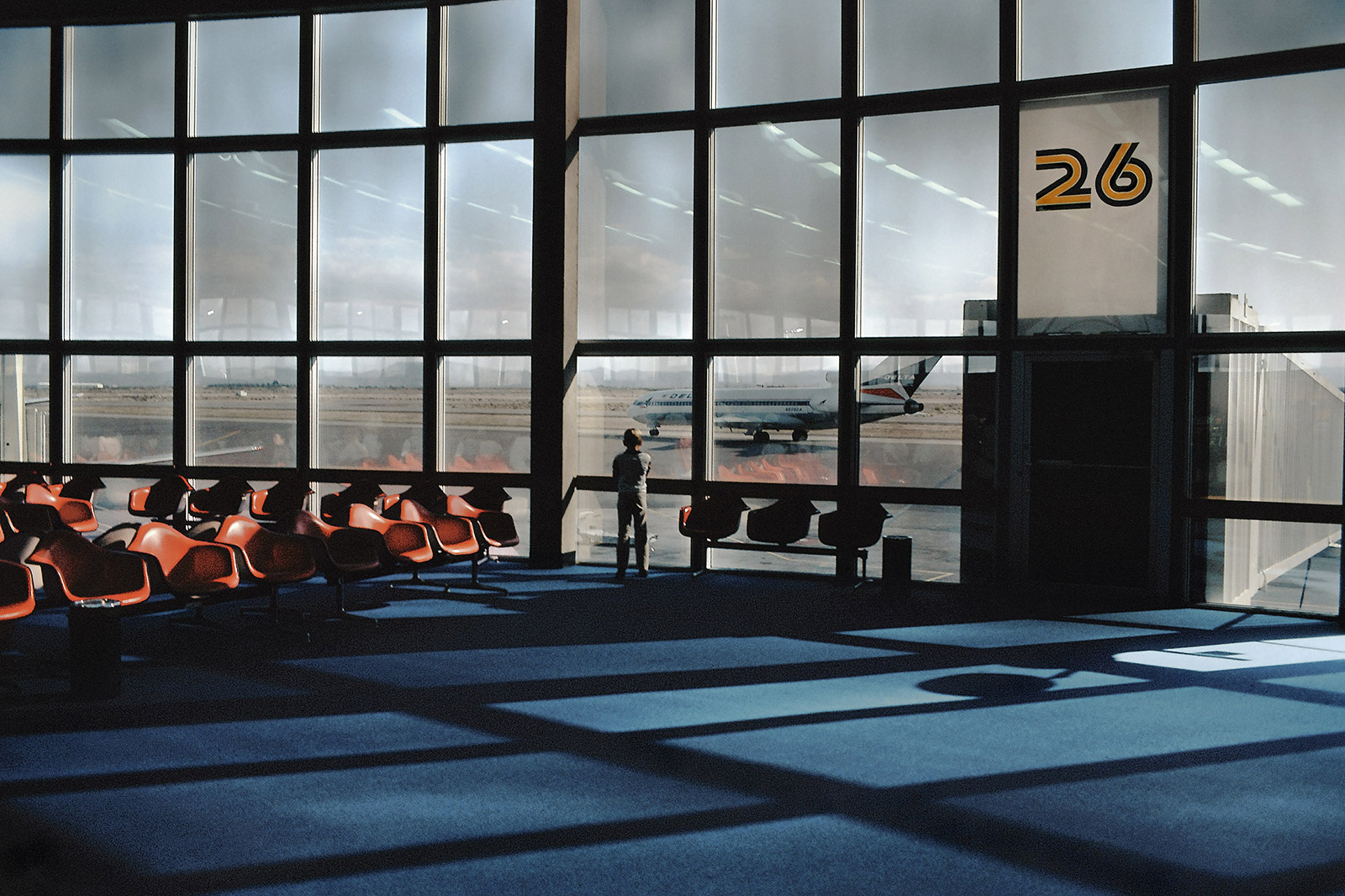
USA, Las Vegas International airport, 1982, by Harry Gruyaert. © The artist. Courtesy Gallery of Fifty One
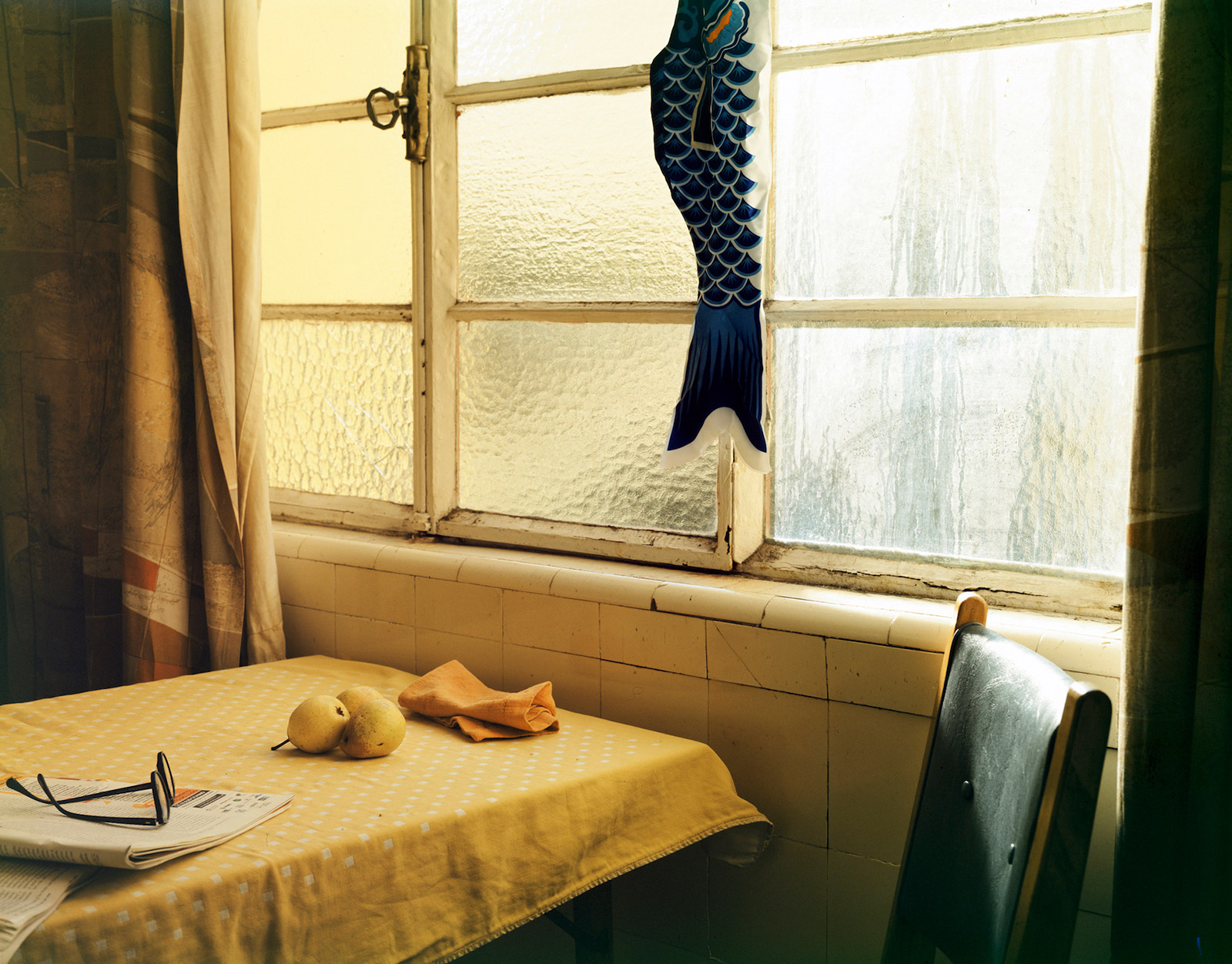
Koinobori, 2019, by Daniel Blaufuks, from ongoing project Attempting Exhaustion. © Courtesy of the artist and Jean-Kenta Gauthier
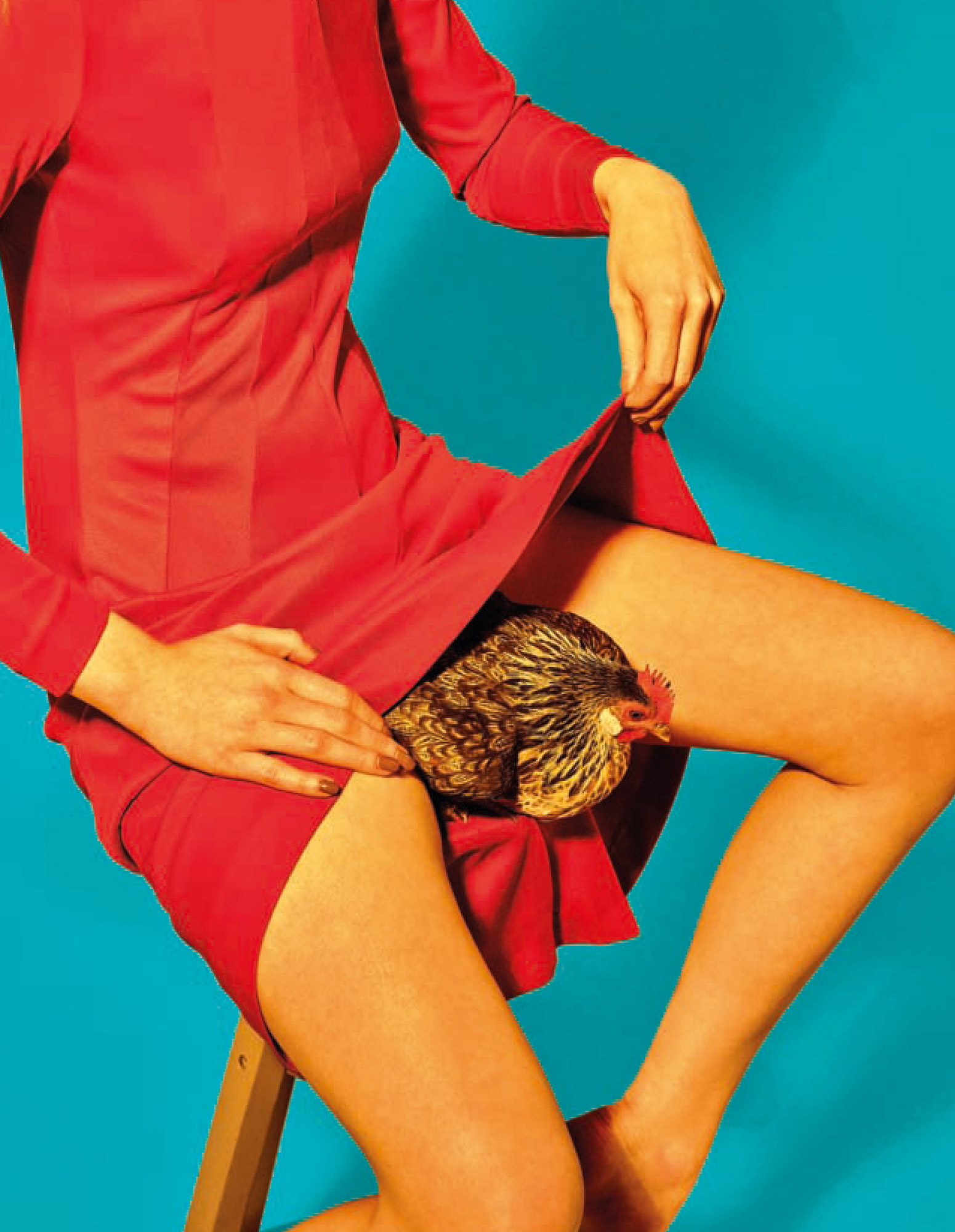
Toiletpaper 18, 2019, by Maurizio Cattelan. Courtesy of Toiletpaper/Damiani
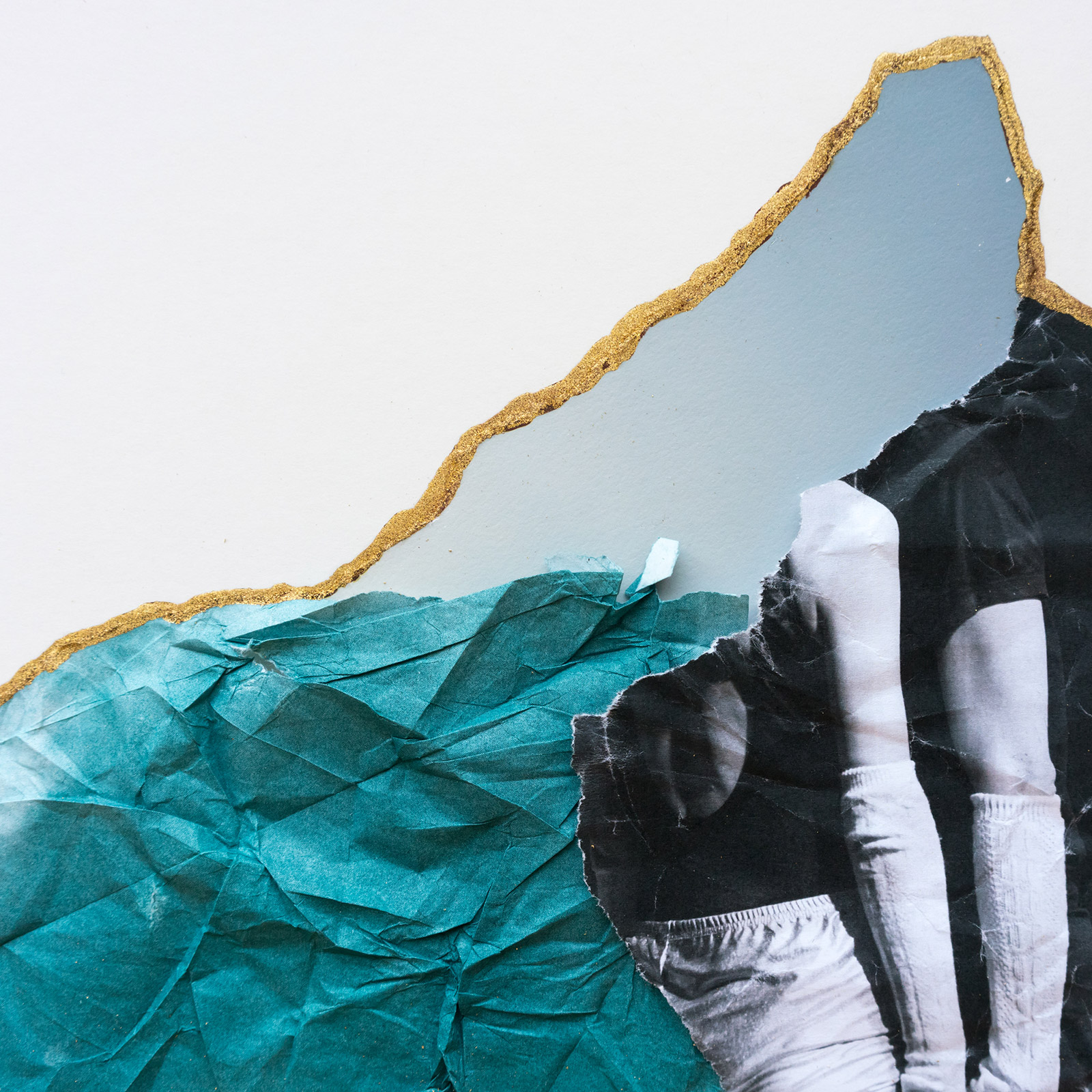
Ecotone 1, 2019, by K Morvarid. © Fisheye Gallery
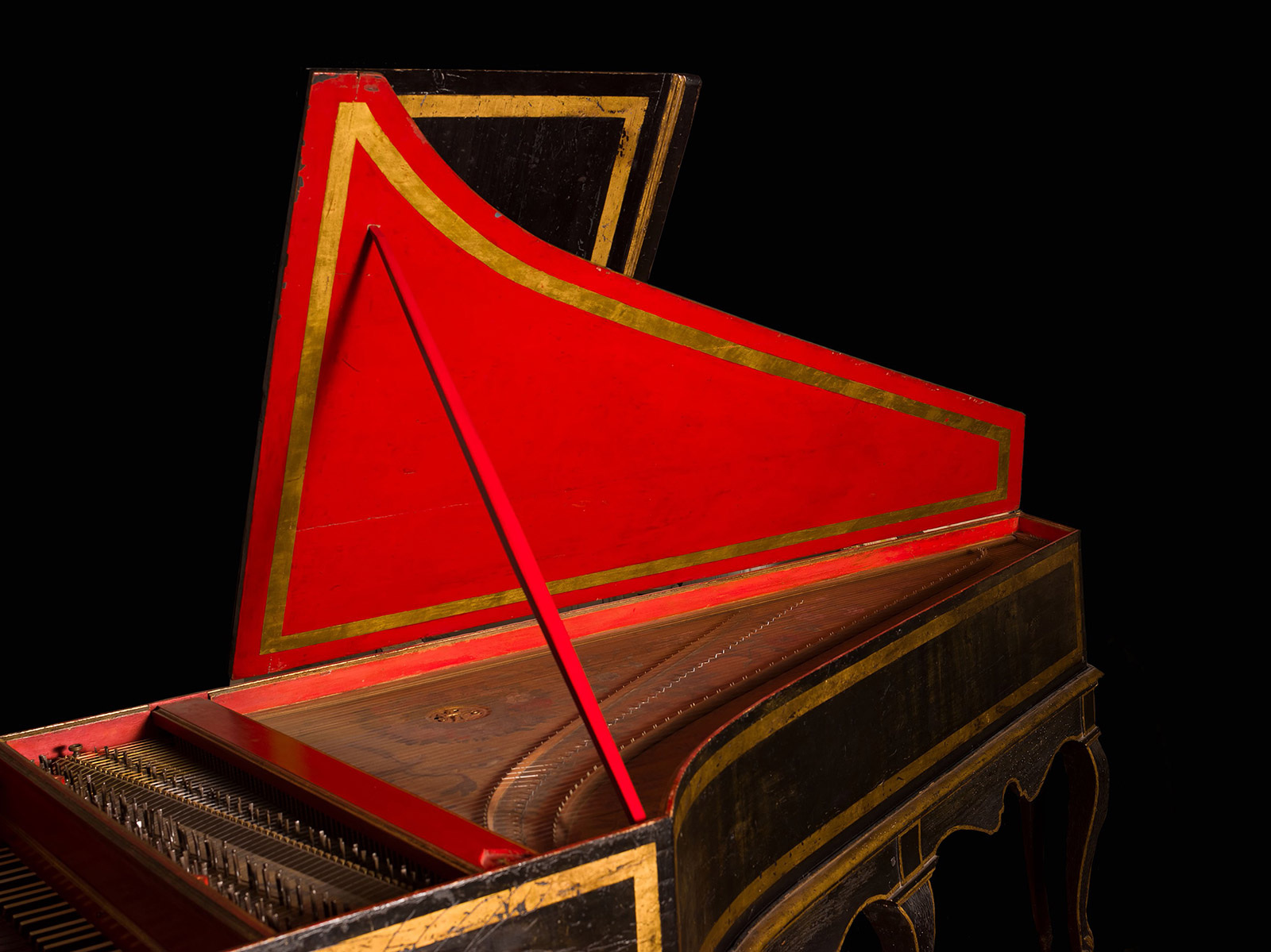
Madame Victoire, 2019, by Viviane Sassen. © Viviane Sassen. Courtesy of Stevenson, Cape Town
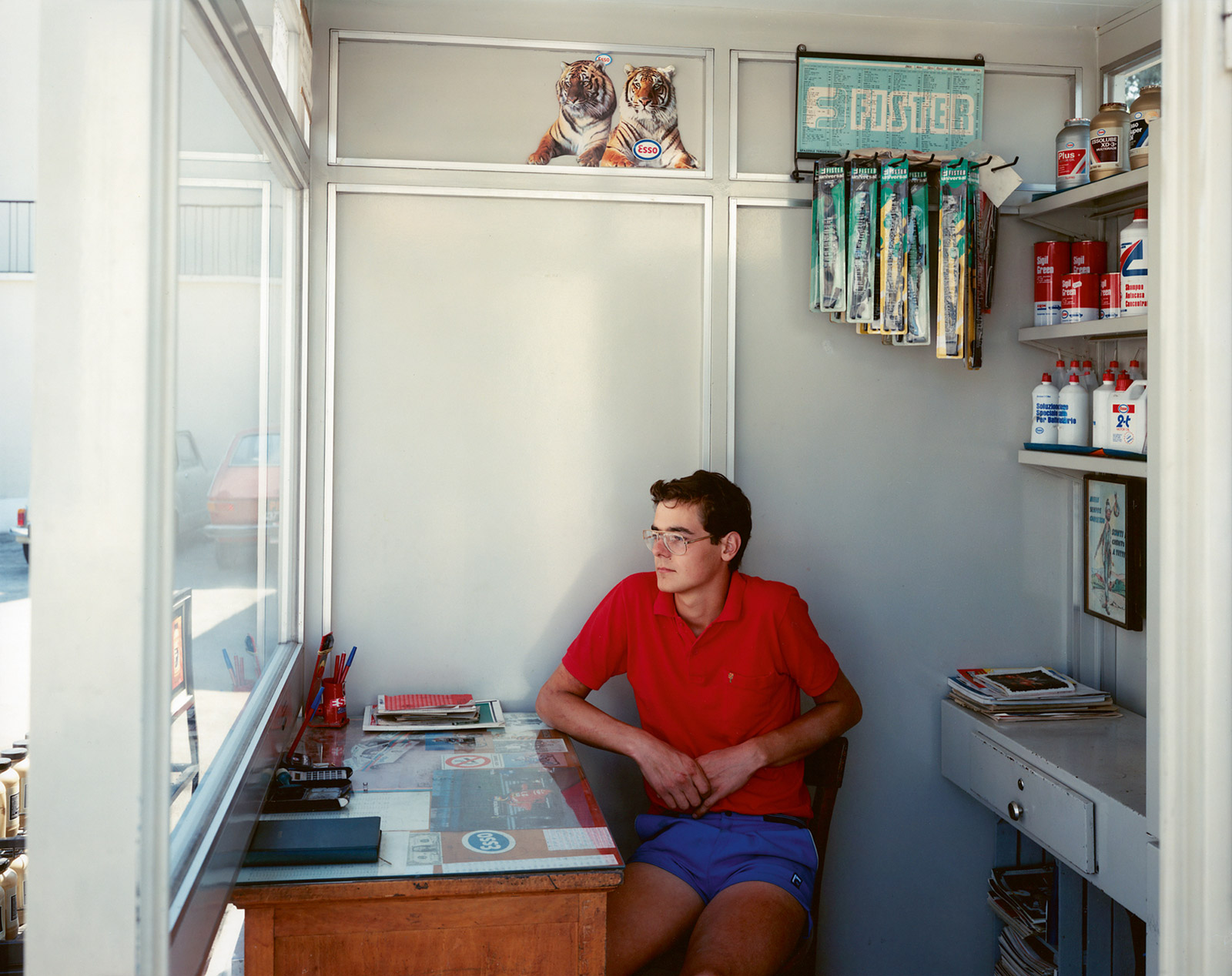
In Veneto, 2019, by Guido Guidi. Courtesy the artist and MACK
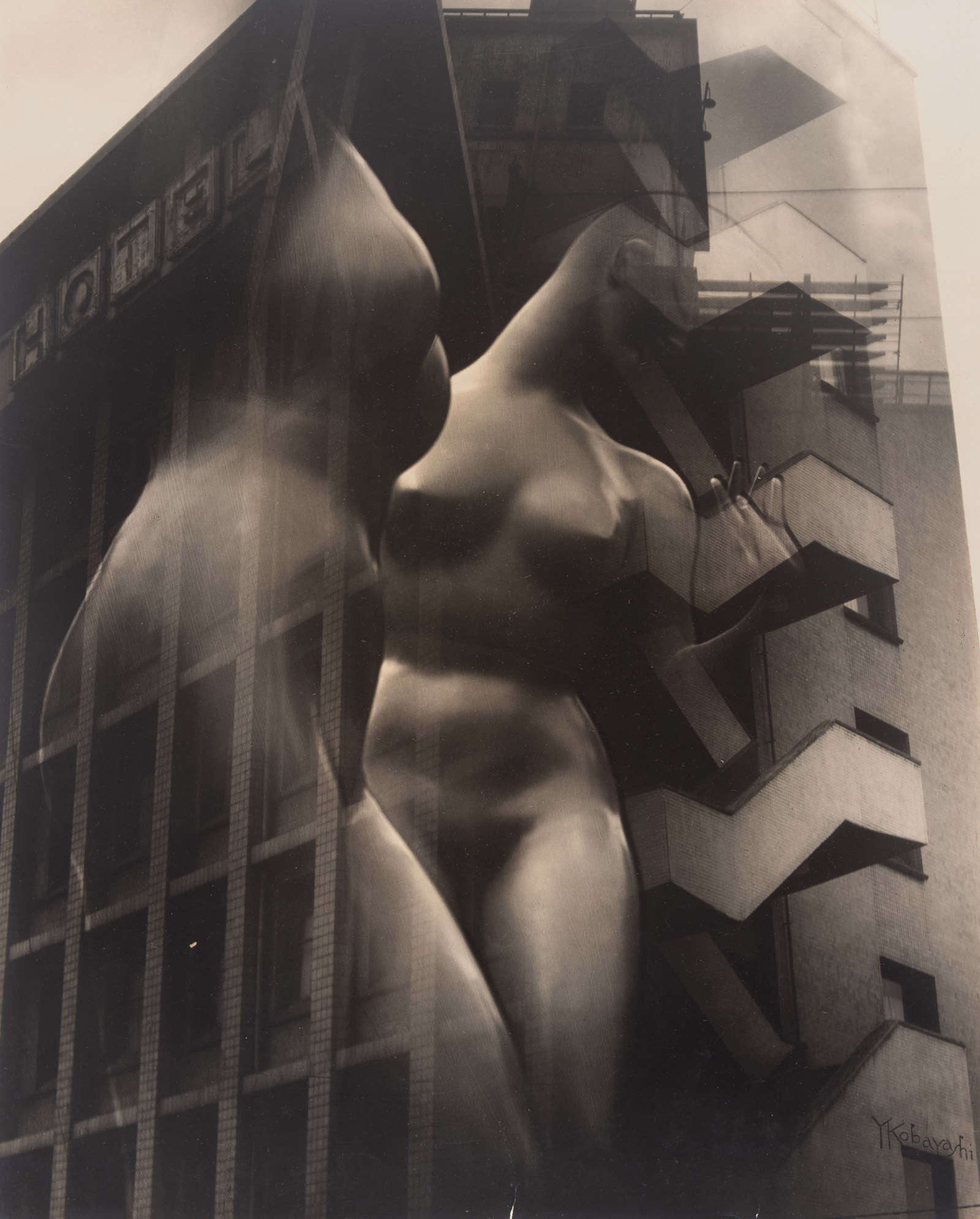
fantasia, 1948, by Yūshi Kobayashi. Courtesy of Toshifumi Kobayashi and MEM, Tokyo
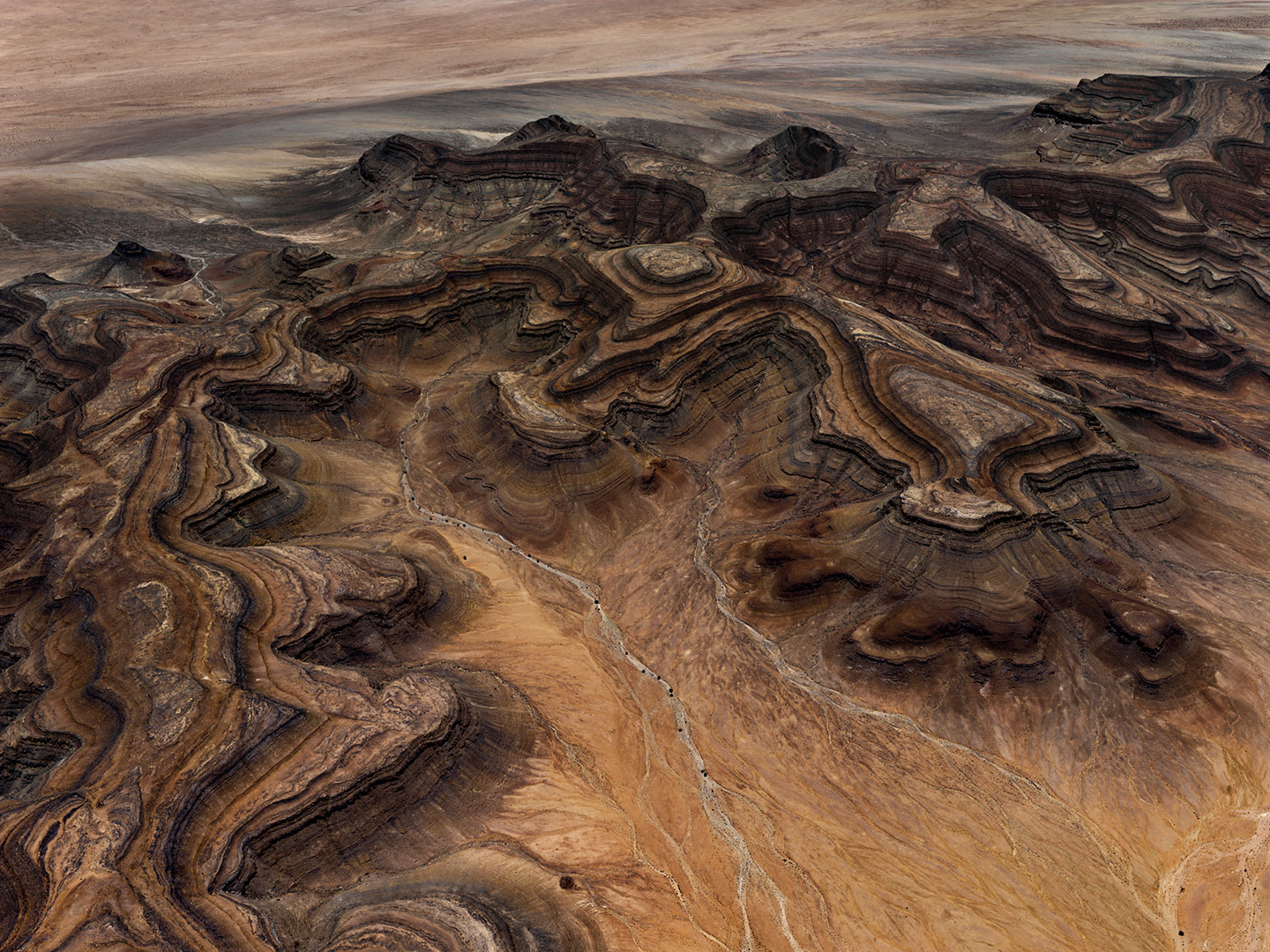
Tsaus Mountains #1, Sperrgebiet, Namibia, 2018, by Edward Burtynsky. Courtesy of Nicholas Metivier Gallery, Toronto
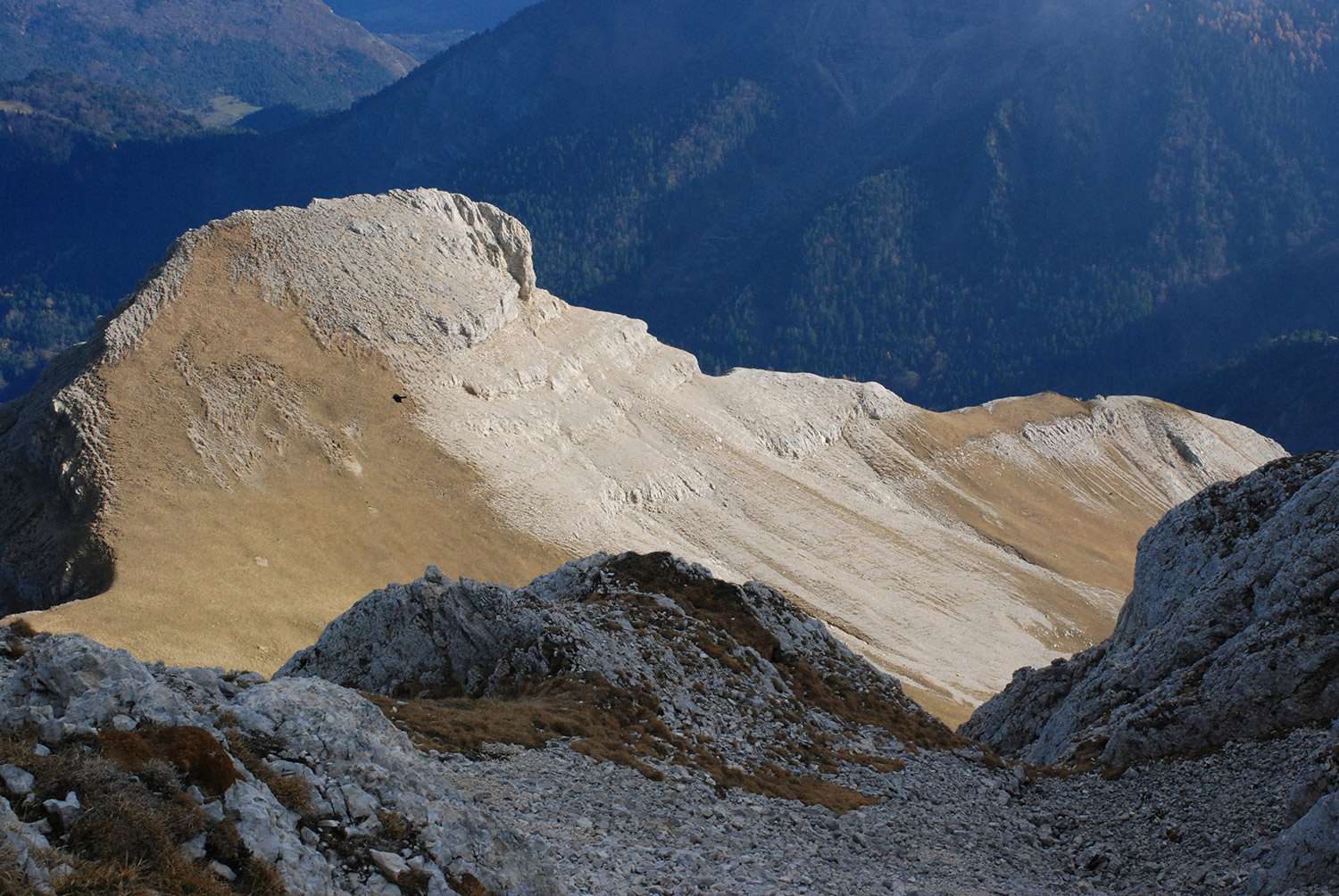
Pas du Bachasson, Vercors, 2011, by Pierre Canaguier. Courtesy of Le Reverbere
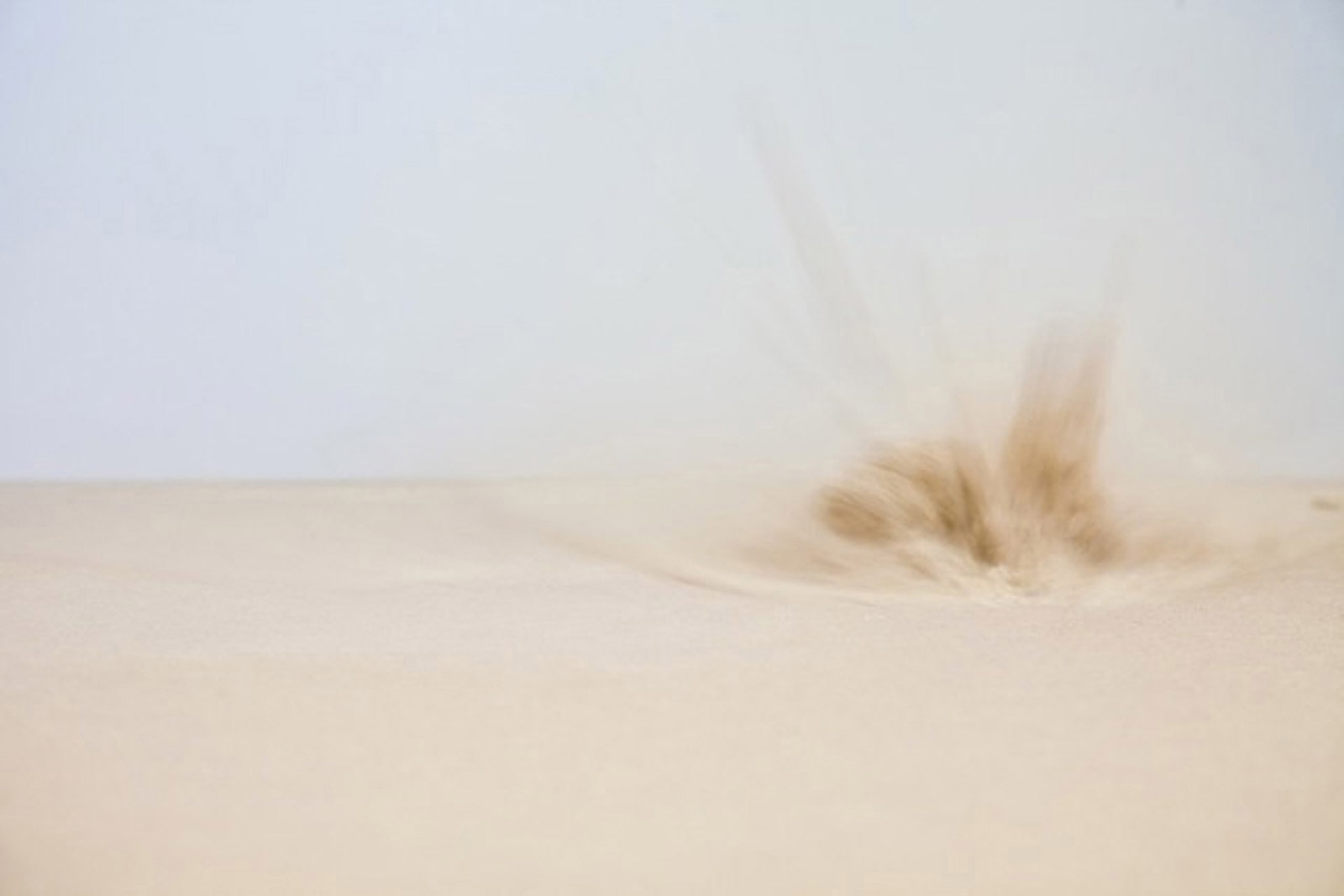
Poussières, 2011, by Stéphane Thidet. Courtesy of Galerie Aline Vidal
INFORMATION
Paris Photo 2019, 7 – 10 November. parisphoto.com
Wallpaper* Newsletter
Receive our daily digest of inspiration, escapism and design stories from around the world direct to your inbox.
ADDRESS
Grand Palais
Avenue Winston Churchill
75008 Paris
Charlotte Jansen is a journalist and the author of two books on photography, Girl on Girl (2017) and Photography Now (2021). She is commissioning editor at Elephant magazine and has written on contemporary art and culture for The Guardian, the Financial Times, ELLE, the British Journal of Photography, Frieze and Artsy. Jansen is also presenter of Dior Talks podcast series, The Female Gaze.
-
 All-In is the Paris-based label making full-force fashion for main character dressing
All-In is the Paris-based label making full-force fashion for main character dressingPart of our monthly Uprising series, Wallpaper* meets Benjamin Barron and Bror August Vestbø of All-In, the LVMH Prize-nominated label which bases its collections on a riotous cast of characters – real and imagined
By Orla Brennan
-
 Maserati joins forces with Giorgetti for a turbo-charged relationship
Maserati joins forces with Giorgetti for a turbo-charged relationshipAnnouncing their marriage during Milan Design Week, the brands unveiled a collection, a car and a long term commitment
By Hugo Macdonald
-
 Through an innovative new training program, Poltrona Frau aims to safeguard Italian craft
Through an innovative new training program, Poltrona Frau aims to safeguard Italian craftThe heritage furniture manufacturer is training a new generation of leather artisans
By Cristina Kiran Piotti
-
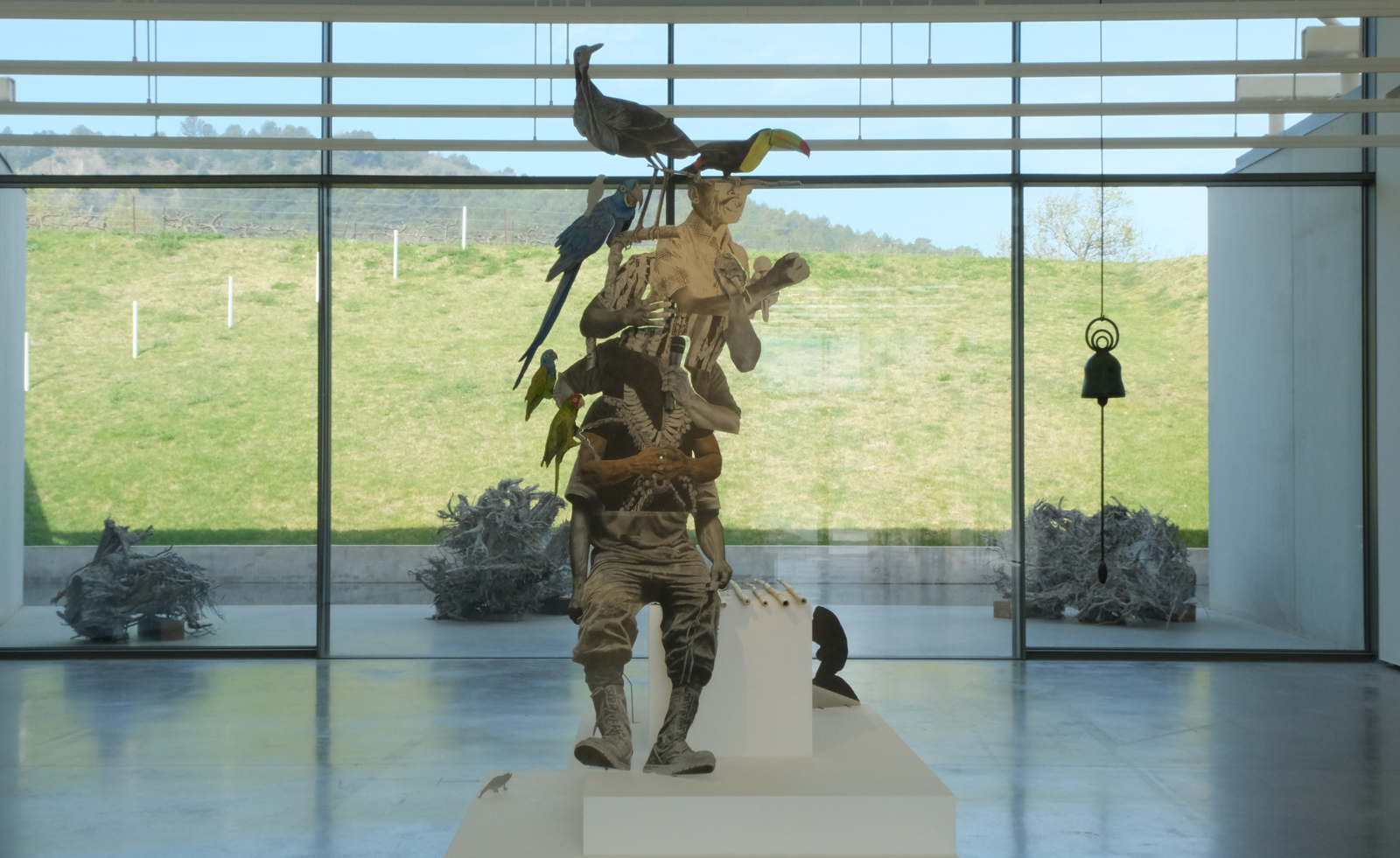 Contemporary artist collective Poush takes over Château La Coste
Contemporary artist collective Poush takes over Château La CosteMembers of Poush have created 160 works, set in and around the grounds of Château La Coste – the art, architecture and wine estate in Provence
By Amy Serafin
-
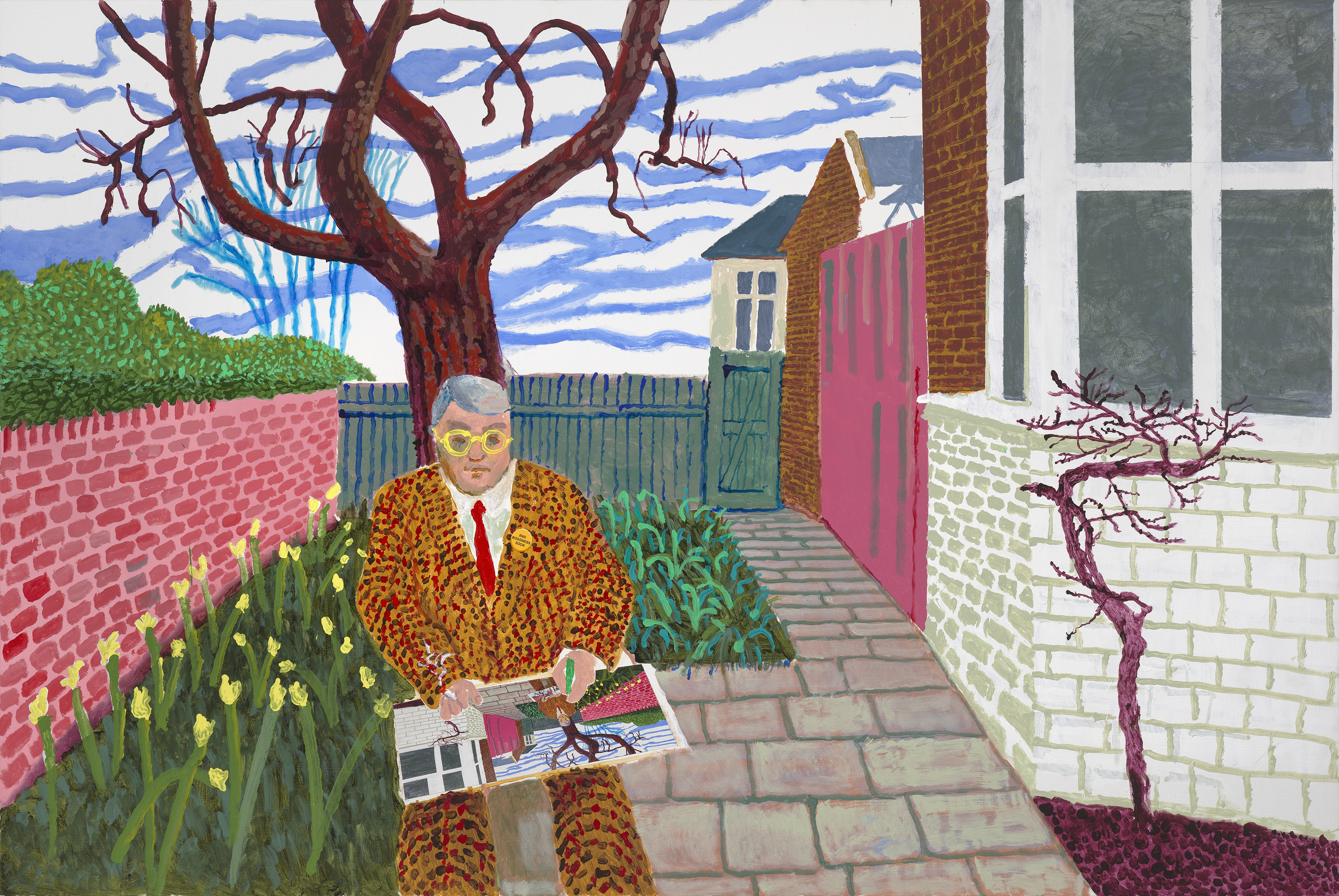 ‘David Hockney 25’: inside the artist’s blockbuster Paris show
‘David Hockney 25’: inside the artist’s blockbuster Paris show‘David Hockney 25’ has opened at Fondation Louis Vuitton in Paris. Wallpaper’s Hannah Silver took a tour of the colossal, colourful show
By Hannah Silver
-
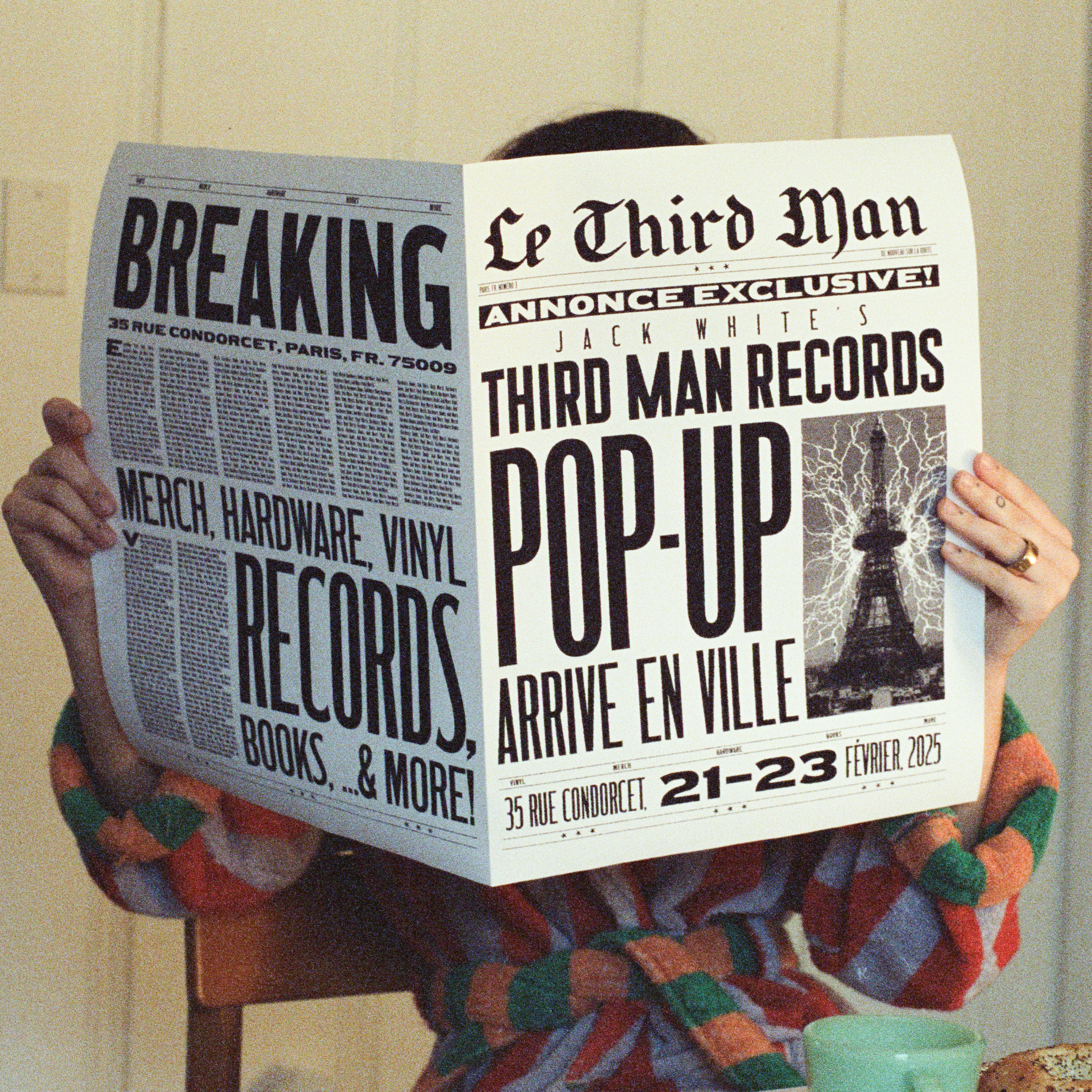 Jack White's Third Man Records opens a Paris pop-up
Jack White's Third Man Records opens a Paris pop-upJack White's immaculately-branded record store will set up shop in the 9th arrondissement this weekend
By Charlotte Gunn
-
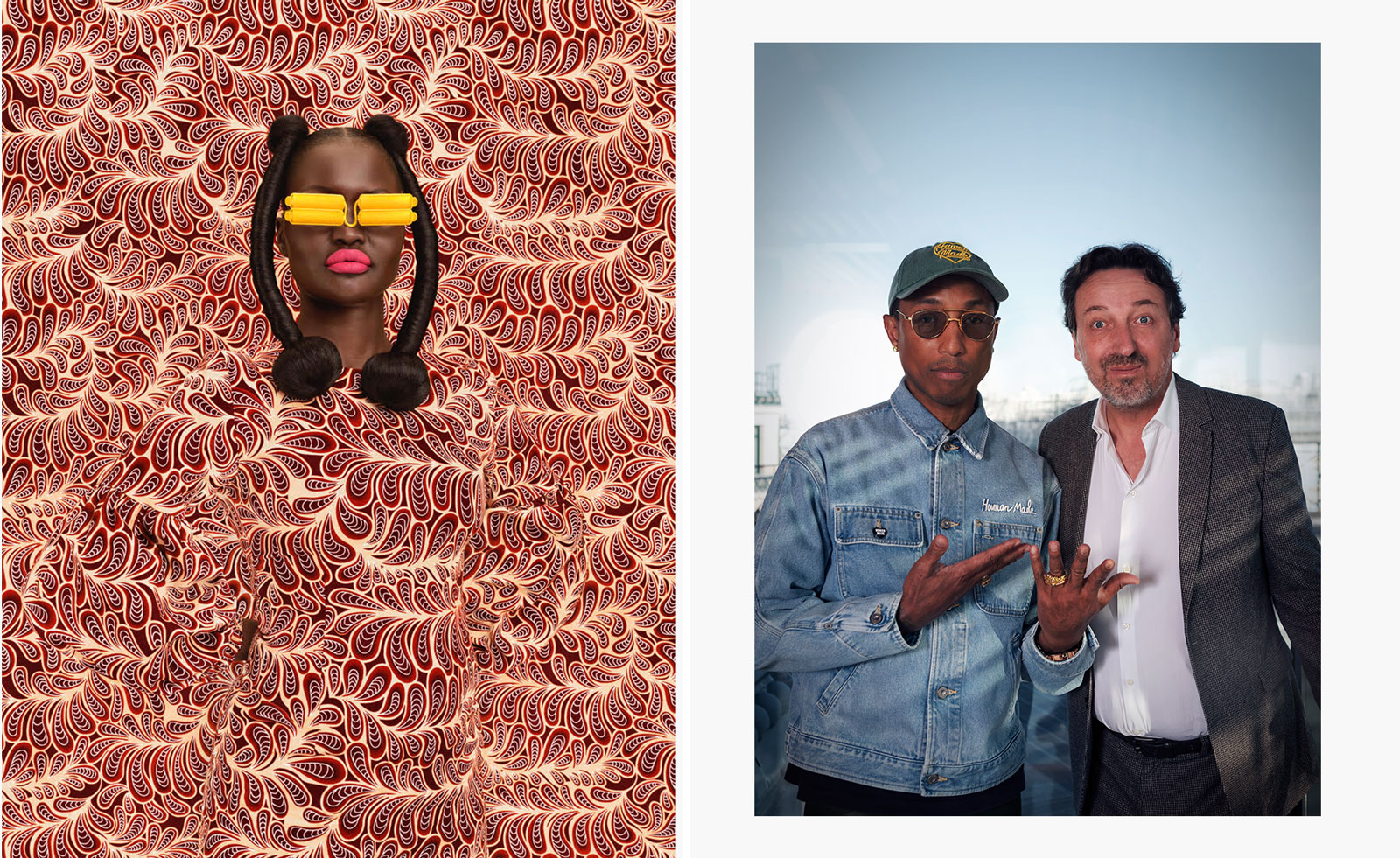 ‘The Black woman endures a gravity unlike any other’: Pharrell Williams explores diverse interpretations of femininity in Paris
‘The Black woman endures a gravity unlike any other’: Pharrell Williams explores diverse interpretations of femininity in ParisPharrell Williams returns to Perrotin gallery in Paris with a new group show which serves as an homage to Black women
By Amy Serafin
-
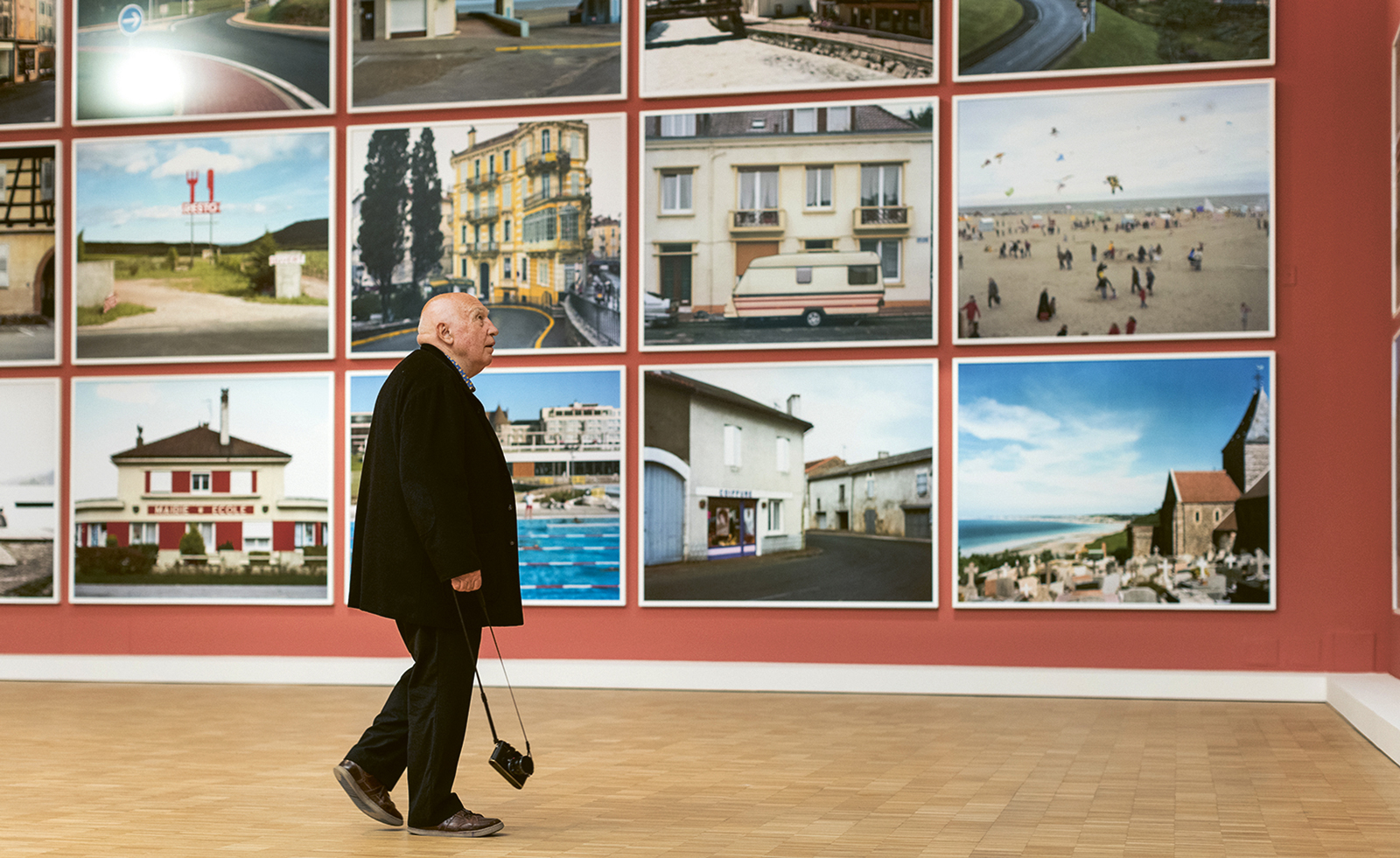 What makes fashion and art such good bedfellows?
What makes fashion and art such good bedfellows?There has always been a symbiosis between fashion and the art world. Here, we look at what makes the relationship such a successful one
By Amah-Rose Abrams
-
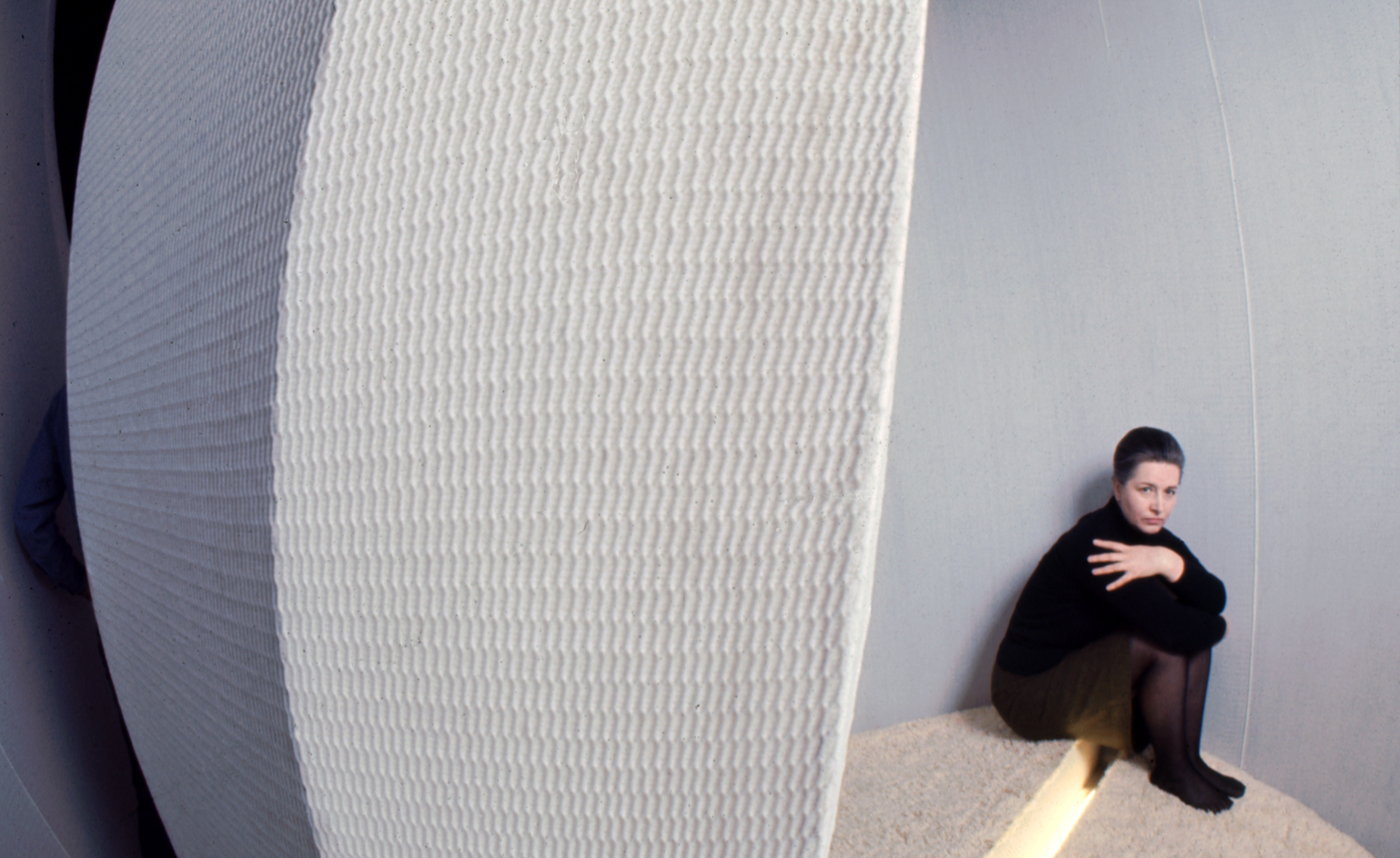 Architecture, sculpture and materials: female Lithuanian artists are celebrated in Nîmes
Architecture, sculpture and materials: female Lithuanian artists are celebrated in NîmesThe Carré d'Art in Nîmes, France, spotlights the work of Aleksandra Kasuba and Marija Olšauskaitė, as part of a nationwide celebration of Lithuanian culture
By Will Jennings
-
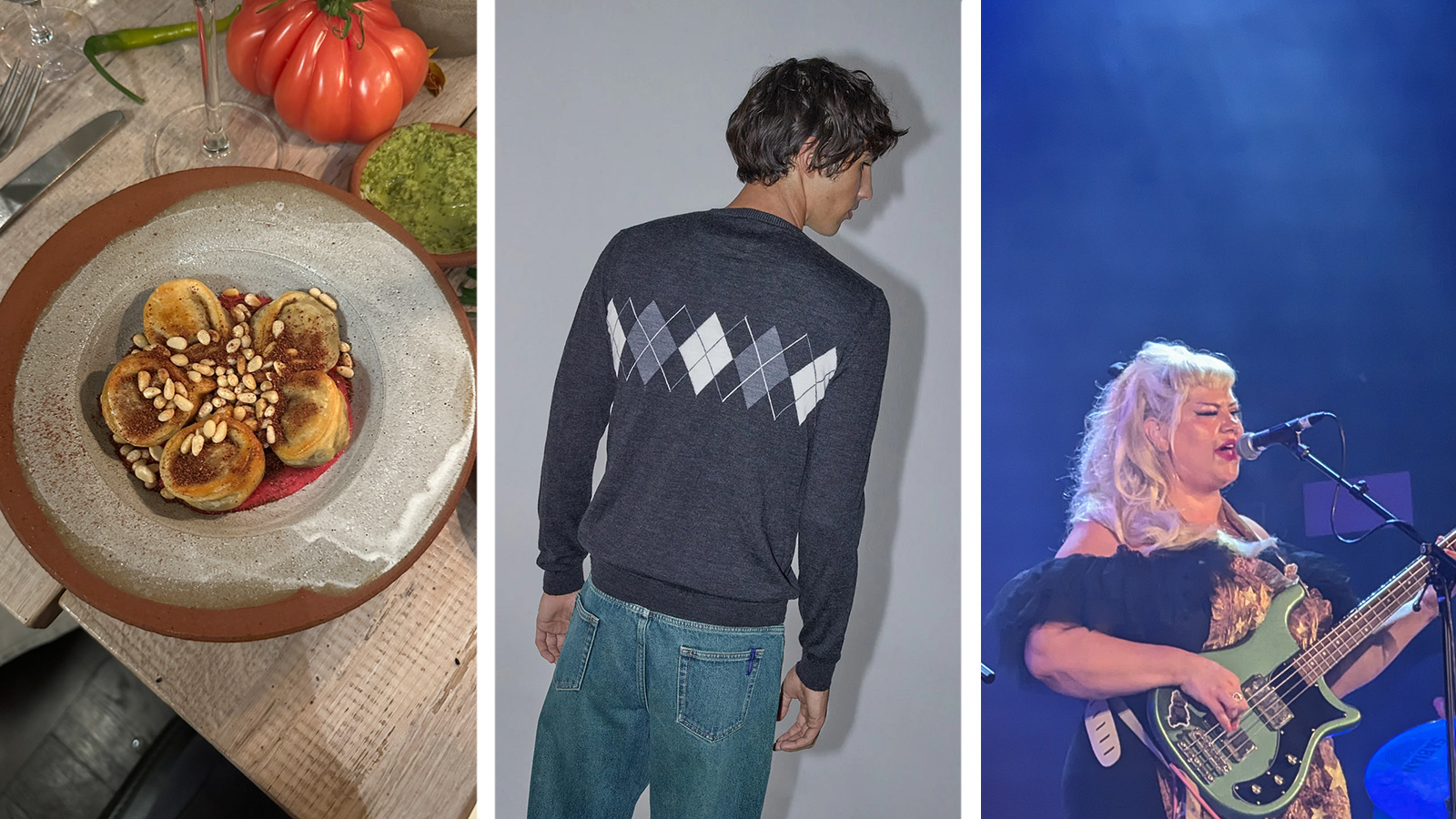 Out of office: what the Wallpaper* editors have been doing this week
Out of office: what the Wallpaper* editors have been doing this weekInvesting in quality knitwear, scouting a very special pair of earrings and dining with strangers are just some of the things keeping the Wallpaper* team occupied this week
By Bill Prince
-
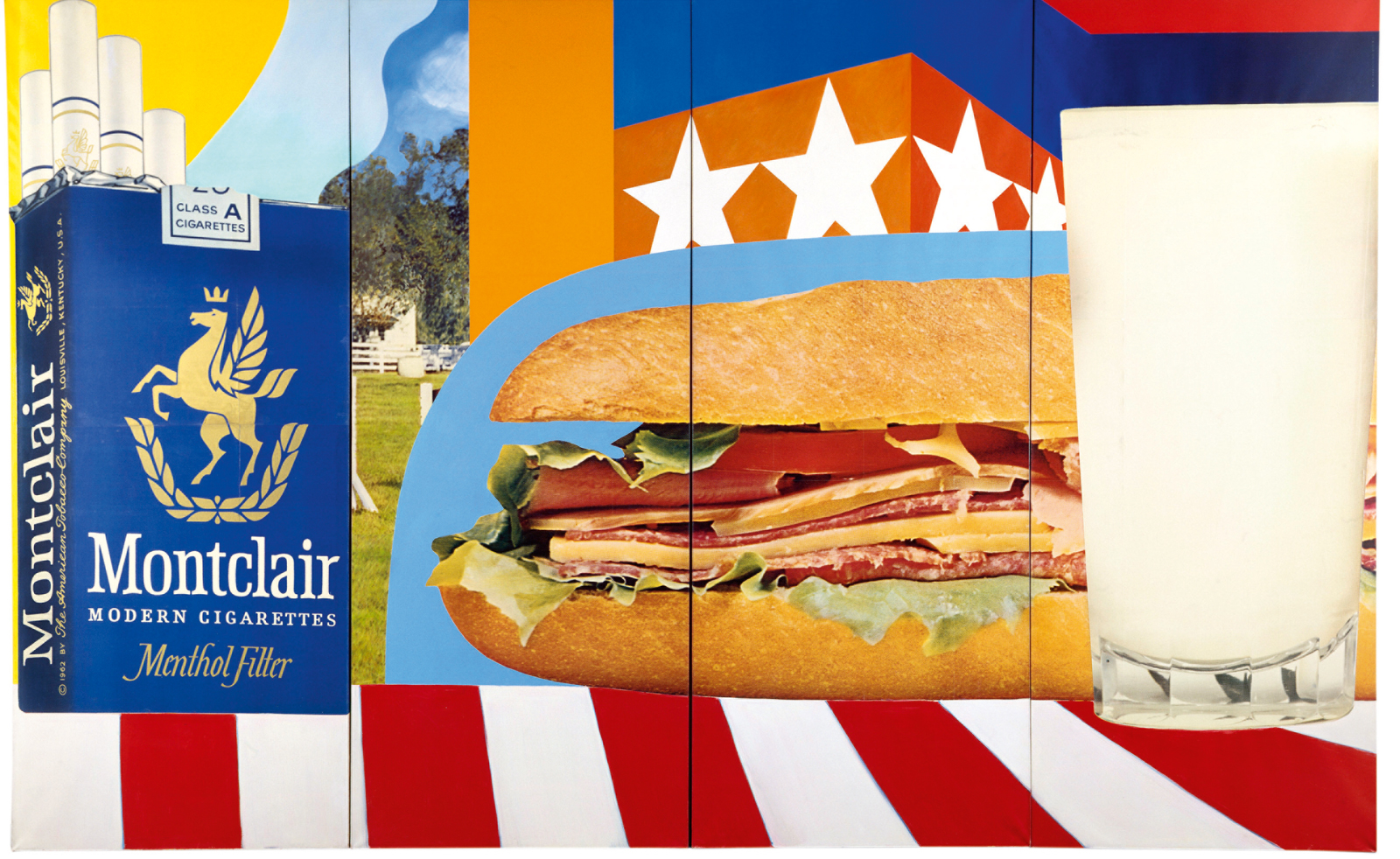 Tom Wesselmann’s enduring influence on pop art goes under the spotlight in Paris
Tom Wesselmann’s enduring influence on pop art goes under the spotlight in Paris‘Pop Forever, Tom Wesselmann &...’ is on view at Fondation Louis Vuitton in Paris until 24 February 2025
By Ann Binlot